CUSTOMER LOGIN
Why do CNC Router Tools Really Break? And How to Prevent It.
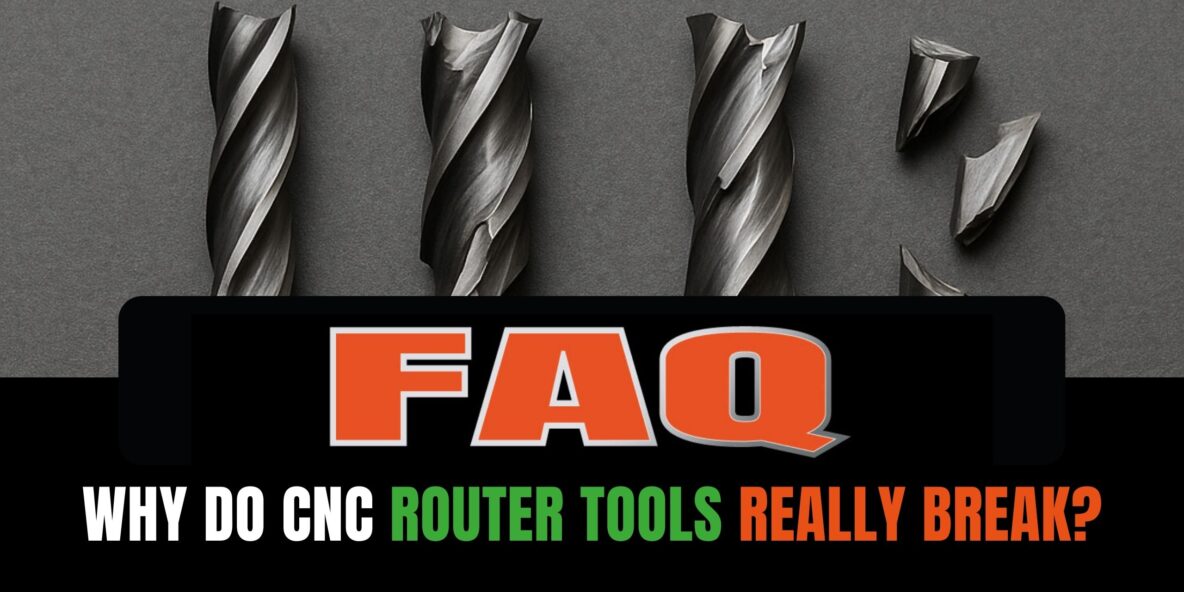
Why do CNC Router Tools Really Break? And How to Prevent It.
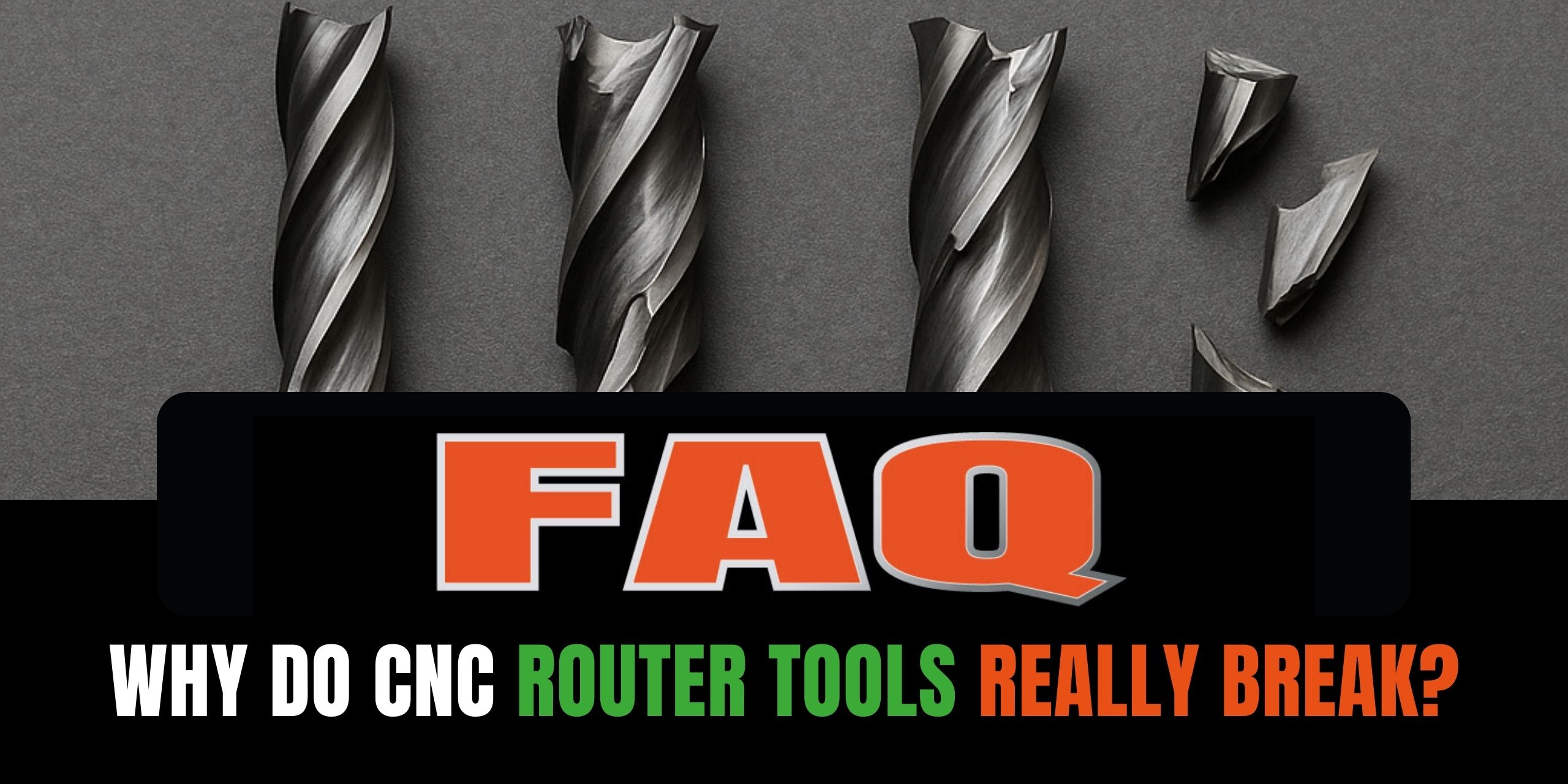
Nothing slows down production like a broken cutter. A snapped tool means wasted material, costly downtime and sometimes damage to the machine itself. While it is easy to blame the cutter, the truth is that most failures have little to do with the tool. The real cause usually lies in setup, maintenance, or process choices.
This article looks at the most common reasons CNC router tools fail and explains how to avoid them. Treat it as a practical checklist to keep your shop running smoothly and your tooling working for longer.
Collets and Tool Holding
A worn or dirty collet is one of the fastest ways to ruin a tool. If the collet cannot grip properly, the cutter slips, vibrates or runs out of true. That movement places huge stress on the tool and shortens its life. Incorrect insertion is another issue. Pushing the cutter all the way to the bottom of the holder forces the cutting edges off centre and increases the chance of breakage.
Prevention tip: Replace collets regularly, clean them between uses and always insert cutters with a small gap left at the bottom. Replace these collets regularly
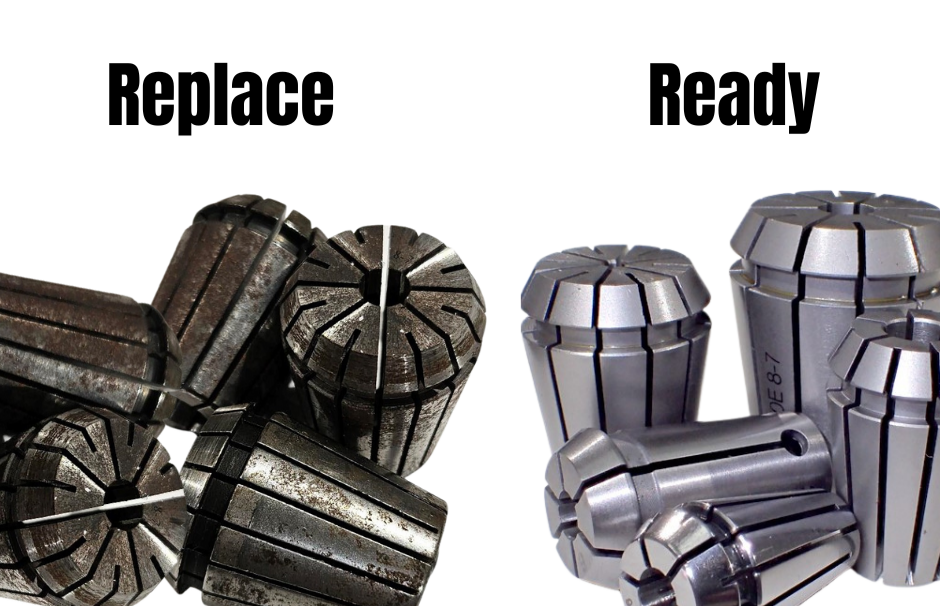
Swarf and Extraction Issues
CNC routing generates dust, chips, and swarf that need immediate clearing. If waste material builds up around the cutter, it begins to choke. This creates extra friction, raises the temperature and leads to sudden tool failure.
Prevention tip: Keep your extraction system powerful and well maintained. Check filters often and make sure airflow remains consistent. When machining metals, pair extraction with mist coolant to prevent swarf from welding back onto the tool.
Incorrect Feeds and Speeds
A large number of tool failures come back to poor settings. Too slow on the feed, and the cutter rubs instead of cutting, building up heat. Too fast and the tool overloads, causing chatter or snapping to occur. Both conditions will shorten tool life.
Prevention tip: Use feeds and spindle speeds suited to the tool diameter, flute design and material. Pay attention to chip load and test your settings before committing to a long run.
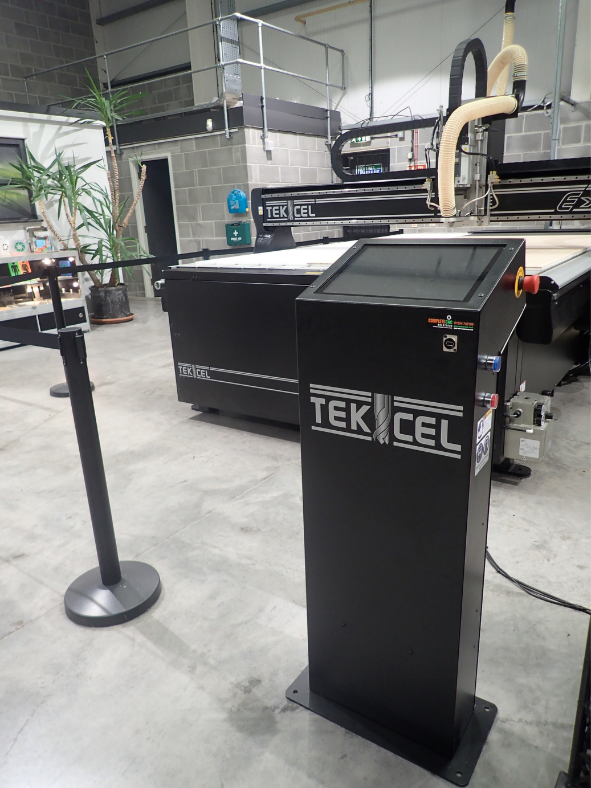
Wrong Tool for the Job
Using cutters not designed for the material being machined is another common cause of failure. A cutter made for wood will not cope well with aluminium, while coated tools intended for metals are not a cure-all if the wrong geometry is used. Poor chip evacuation increases friction, which leads to heat and eventual breakage.
Prevention tip: Match your tooling to the job. For aluminium and ACM, use ranges like DCT Twin Flute Coated, DA Single Flute, or CP-AL Single Flute, all engineered for smooth chip removal and clean edges. Always cut ACM dry. For aluminium over 2mm, use mist coolant to control heat and reduce the risk of chip adhesion.
Machine and Spindle Condition
Sometimes the tool is only the victim of a bigger problem. A misaligned spindle, worn bearings, or an unserviced machine can all introduce vibration. That vibration is transferred to the tool, stressing it until it breaks.
Prevention tip: Make preventative maintenance part of your production routine. Regular checks on spindle health, lubrication and bearings will protect both your tools and your accuracy.
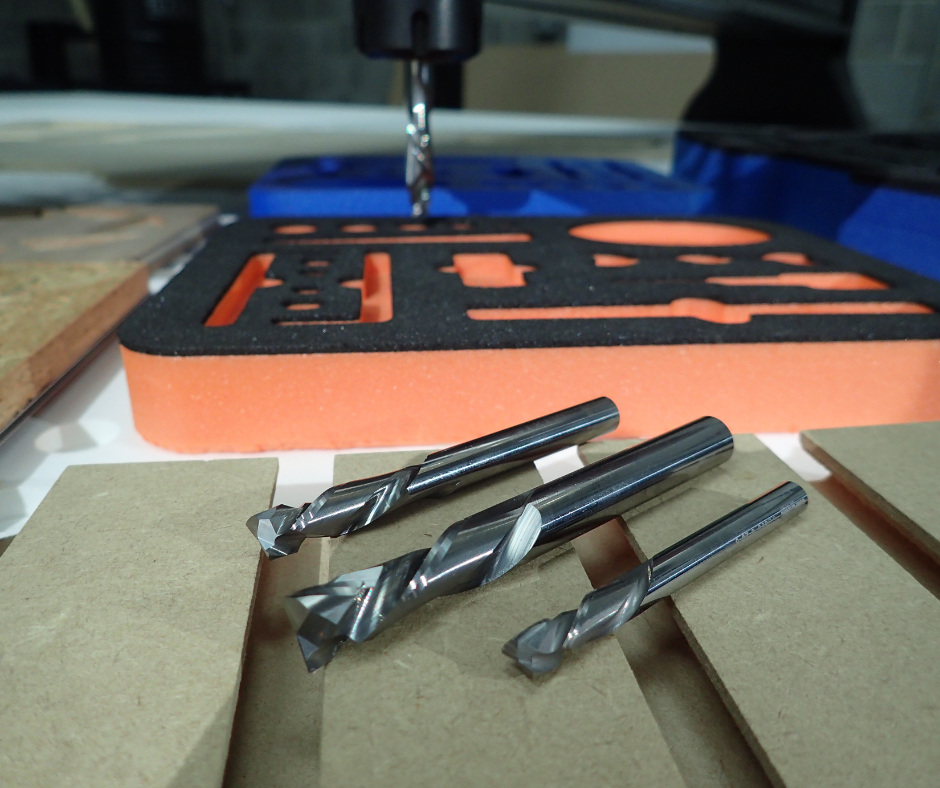
Final Word
Tool breakages are not random. They are usually the result of another issue that can be controlled with the right practices. Paying attention to tool holding, chip evacuation, feeds and speeds, material choice and machine condition will make breakages rare instead of routine.
At Complete CNC Solutions, we help customers identify the root causes of tool failure and recommend the right cutters, settings and support to keep production running. If you want advice on avoiding breakages and protecting your investment, contact our team today.
Further Blog Posts
The Multi Material CNC Toolkit for Vehicle Converters
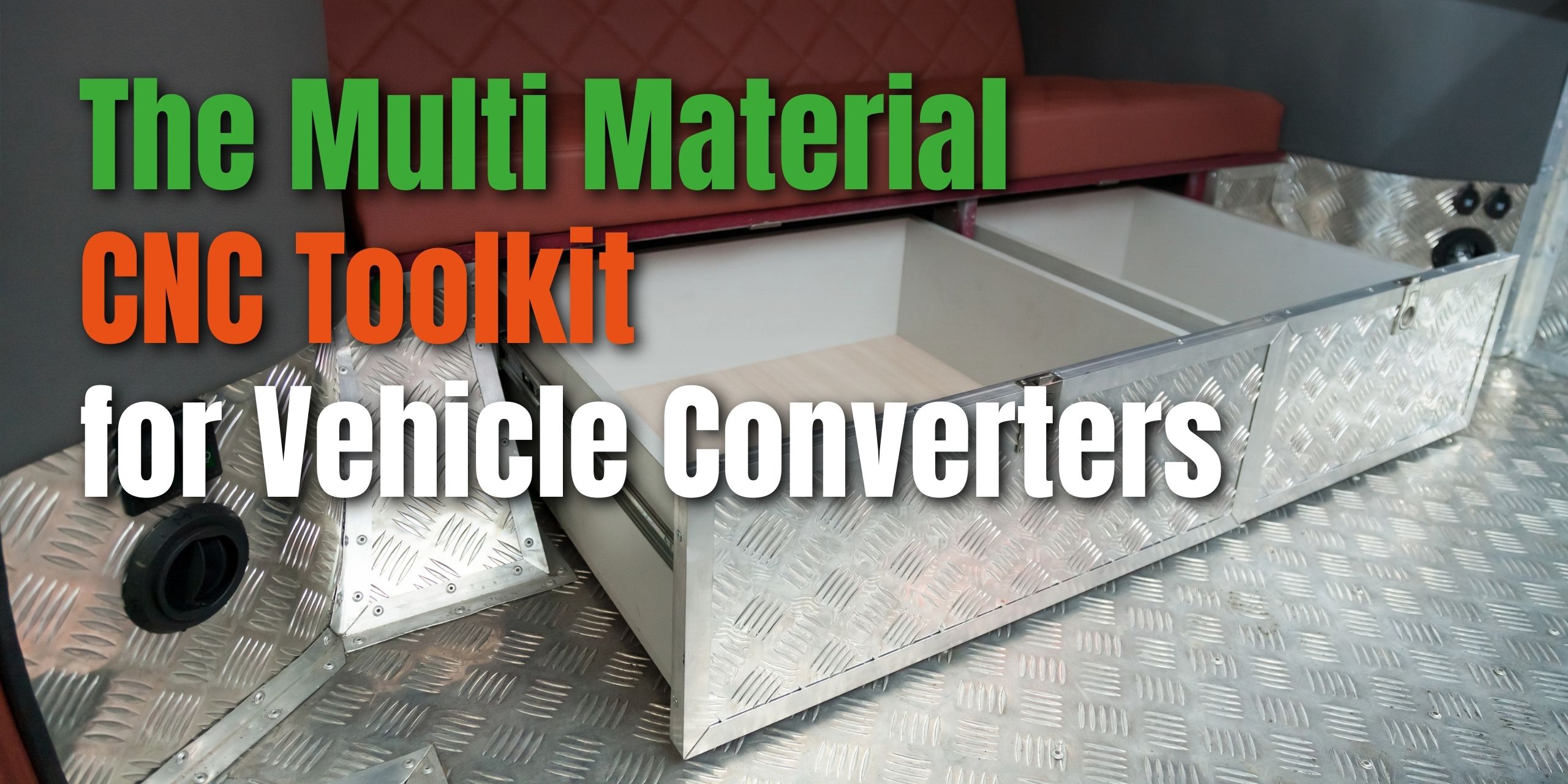
CNC Engineers Reveal the Top Maintenance Mistakes to Avoid

Measuring Yield & Waste in Your CNC Shop: KPIs & What to Aim For
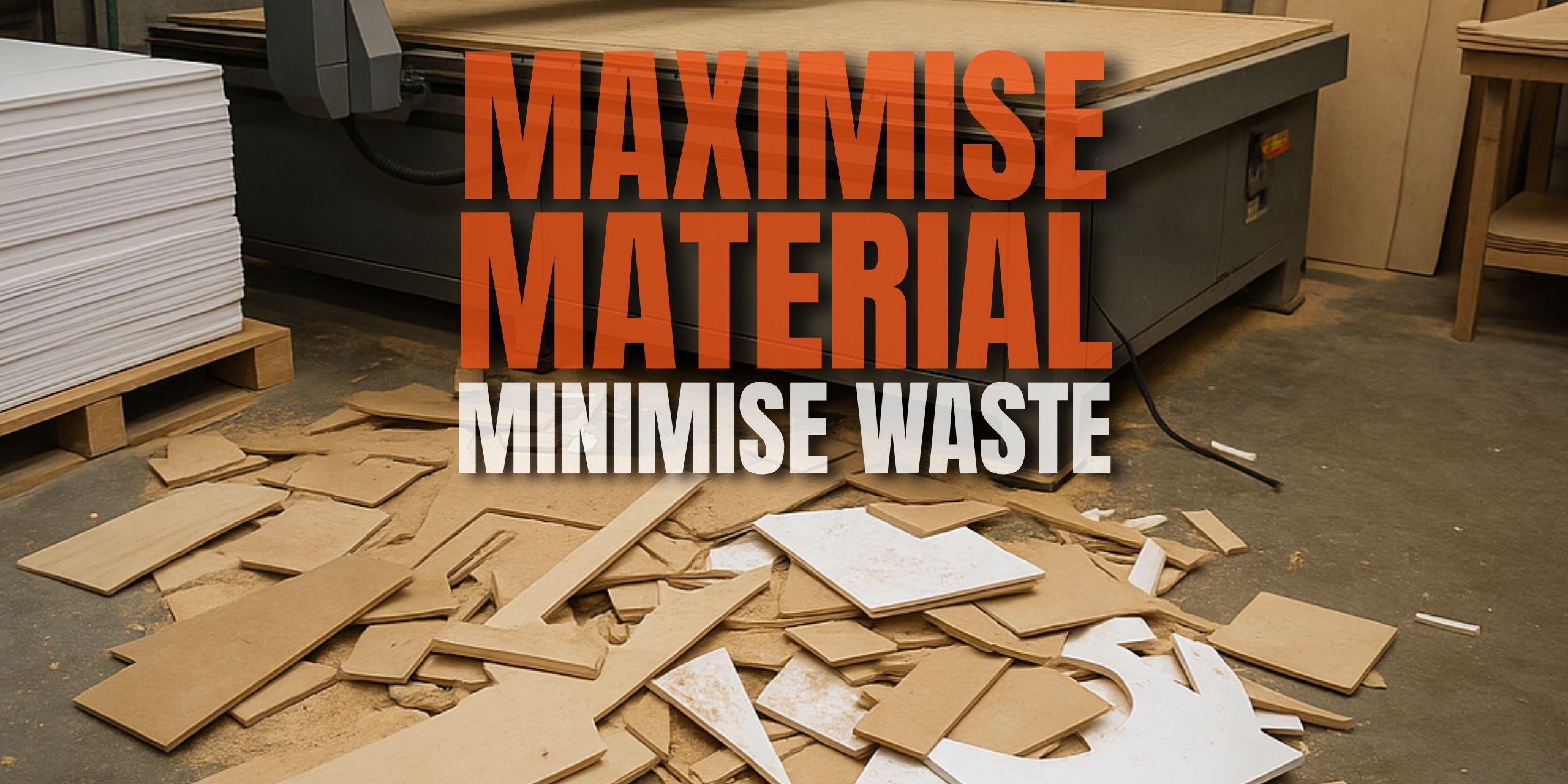
How CNC Automation Helps UK Manufacturers Beat Rising Costs
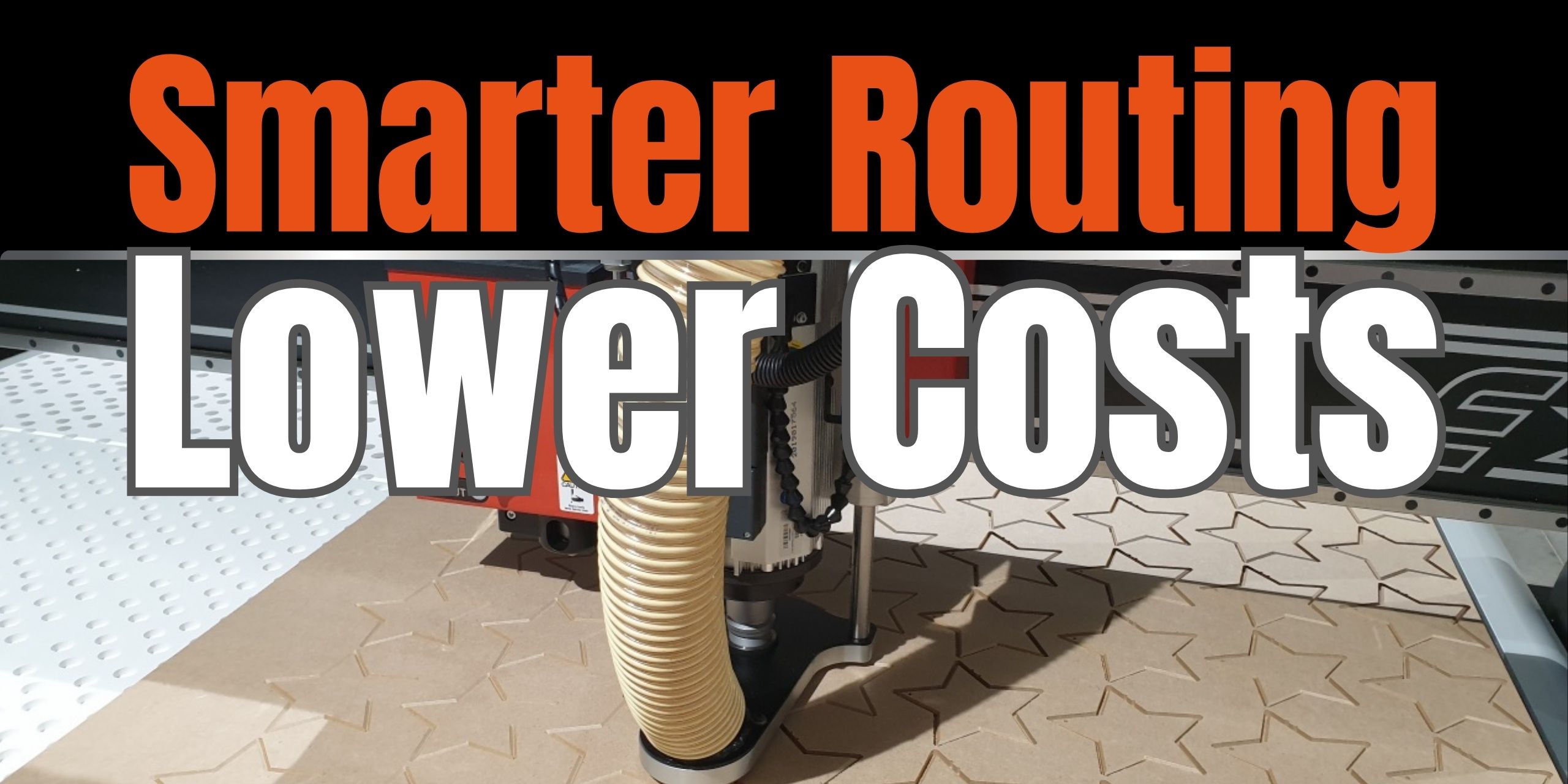
Why do CNC Router Tools Really Break? And How to Prevent It.

The Rise of Wood: Is the Industry Shifting Away from Plastics?

Choosing CNC Tooling: What Matters and Why It Pays to Buy from Specialists
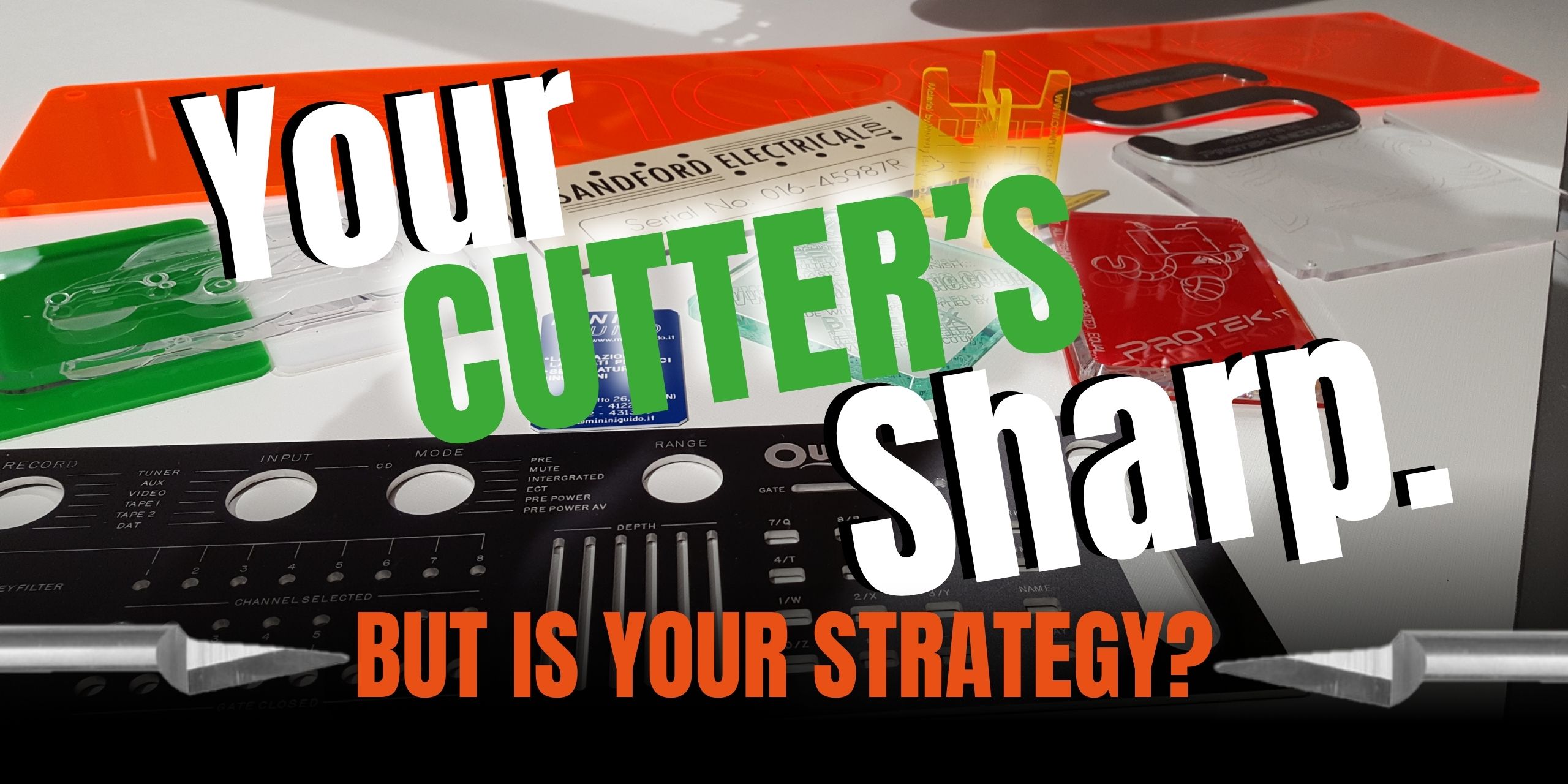
Avoid These CNC Pitfalls in Illuminated Signmaking


